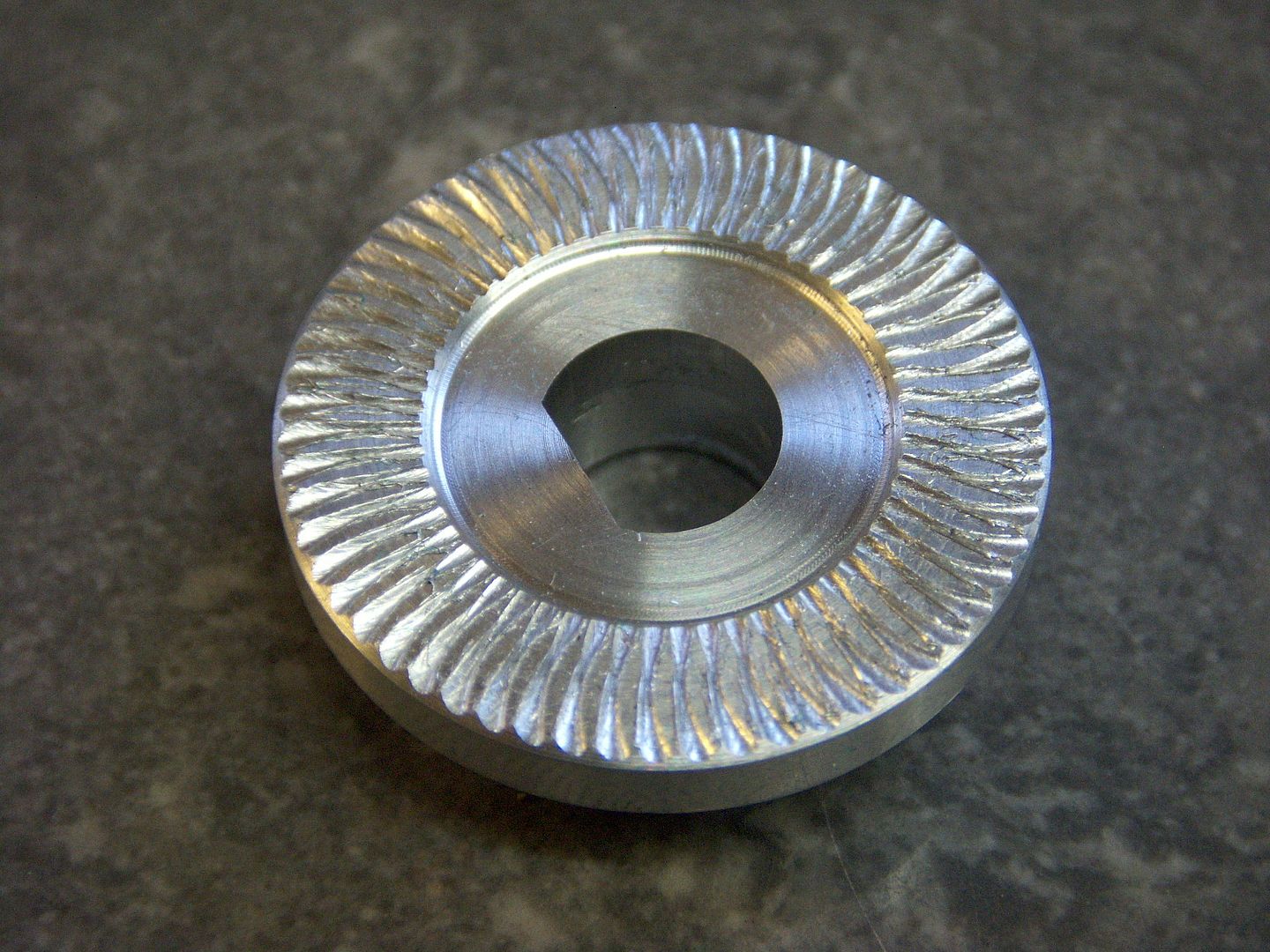Producing half (or 2/3rd) round holes
Producing half (or 2/3rd) round holes
- This topic has 6 replies, 4 voices, and was last updated 27 April 2021 at 21:37 by
Anonymous.
Viewing 7 posts - 1 through 7 (of 7 total)
Viewing 7 posts - 1 through 7 (of 7 total)
- Please log in to reply to this topic. Registering is free and easy using the links on the menu at the top of this page.
Latest Replies
Viewing 25 topics - 1 through 25 (of 25 total)
-
- Topic
- Voices
- Last Post
Viewing 25 topics - 1 through 25 (of 25 total)






